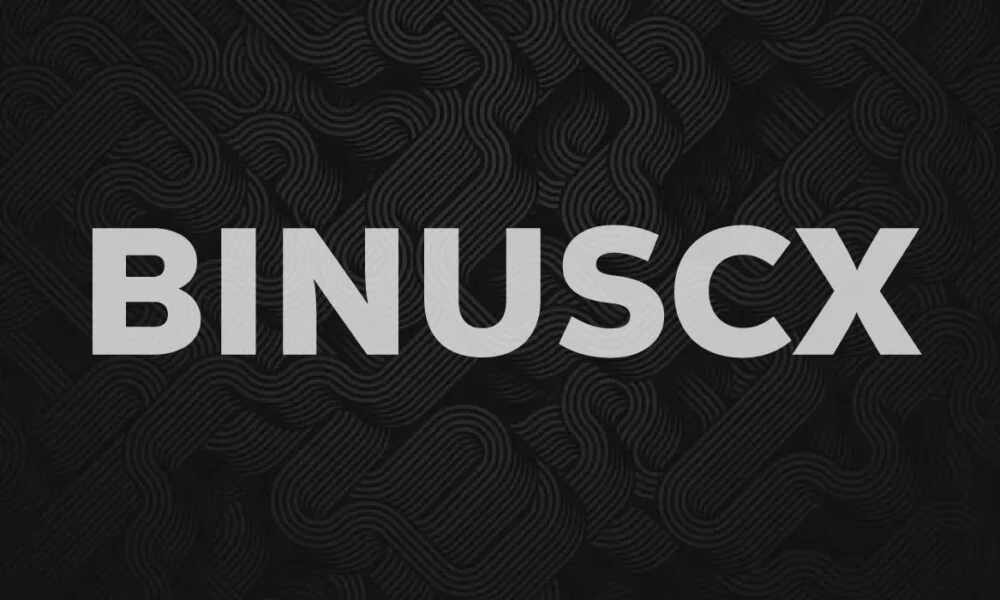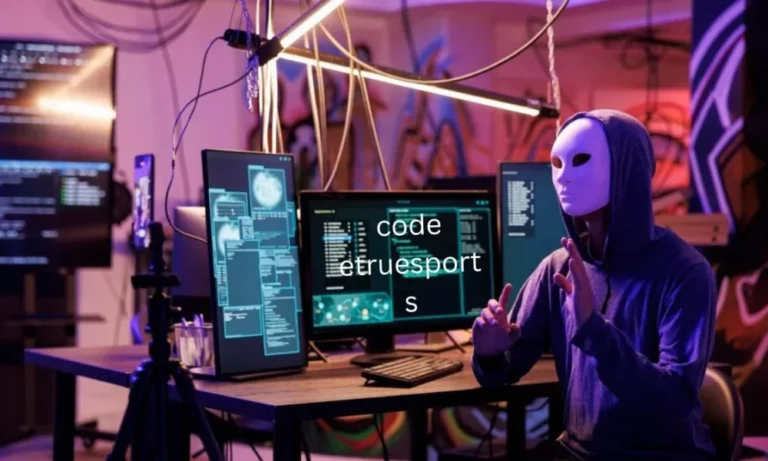
In the fast-evolving landscape of education and digital transformation, customer experience (CX) has become a pivotal factor in driving loyalty, satisfaction, and value. BINUS University—one of Indonesia’s leading educational institutions—has embraced this vision through an initiative known as BinusCX. Short for “BINUS Customer Experience”, BinusCX is a comprehensive framework and philosophy aimed at enhancing every interaction students, parents, partners, and stakeholders have with the university. It is not just a buzzword or a project; it represents a strategic commitment to excellence, innovation, and empathy.
This article delves into what BinusCX is, why it matters, how it is implemented, and the impact it has had on the university’s ecosystem.
Table of Contents
ToggleUnderstanding BinusCX
BinusCX refers to the systematic approach by BINUS University to improve the experience of its stakeholders through technology, service design, and people-first thinking. While many organizations focus heavily on operations or finance, BinusCX places the end-user at the center of all decision-making processes. Whether it’s a prospective student navigating admissions, a parent attending an open house, or a graduate managing alumni relations—BinusCX is about ensuring that every touchpoint is thoughtful, seamless, and meaningful.
It integrates elements from customer journey mapping, UX/UI design, feedback loops, and service excellence. It emphasizes empathy, understanding the voice of the customer, and designing services that resonate emotionally and functionally.
Why BinusCX Matters
Education is no longer limited to classrooms and textbooks. It now includes portals, mobile apps, support services, social media interactions, and extracurricular activities. Each one of these is an opportunity to create either a positive or negative impression. As competition among institutions rises, what differentiates one university from another is not just academic quality, but how it makes students and stakeholders feel.
BinusCX matters because:
-
It Enhances Retention – A well-supported, well-understood student is more likely to stay enrolled and succeed.
-
It Builds Loyalty – Alumni who had a positive experience are more likely to become advocates or donors.
-
It Encourages Engagement – When users find processes efficient and responsive, they interact more.
-
It Reflects Brand Identity – A modern, user-centric approach showcases BINUS as a forward-thinking institution.
In today’s digital age, customer experience is synonymous with brand trust. BinusCX recognizes this and turns insight into action.
The Core Pillars of BinusCX
-
Empathy-Driven Design
BinusCX begins with listening. By conducting surveys, interviews, and workshops, BINUS gathers feedback from students, faculty, staff, and parents. These insights form the basis for building solutions that solve real problems and add tangible value. -
Digital Transformation
Technology plays a vital role in executing BinusCX strategies. Mobile apps, web platforms, virtual help desks, AI chatbots, and LMS tools are all optimized for intuitive, user-friendly experiences. BINUS has prioritized ease of navigation, self-service functionalities, and real-time assistance. -
Journey Mapping
Understanding the customer journey—from the first point of contact to graduation and beyond—is key. BinusCX maps these journeys and identifies pain points, bottlenecks, and opportunities for delight. For instance, the enrollment process has been streamlined using data analytics to anticipate student needs. -
Consistency Across Touchpoints
Whether it’s a phone call, a social media message, or an in-person visit, the experience should be consistent. BinusCX ensures that all departments align in tone, service standards, and response time. -
People Empowerment
While tools and systems matter, people remain central. BinusCX trains staff and faculty to be customer-centric, empathetic, and responsive. Internal programs encourage continuous improvement and innovation.
How BinusCX Is Implemented
-
CX Champions
BinusCX identifies and empowers internal “CX Champions” across various departments. These individuals act as advocates and implementers of the experience strategy within their units. They help maintain a culture of quality and attentiveness. -
Feedback Mechanisms
Students and parents are regularly surveyed about their experiences. Tools like Net Promoter Score (NPS), satisfaction surveys, and in-app feedback are used to measure and analyze perceptions. The results guide decision-making. -
Design Thinking Workshops
Cross-functional teams come together to redesign processes and services using design thinking methodologies. This fosters collaboration, ideation, prototyping, and user testing. -
Real-Time Issue Resolution
BinusCX promotes responsiveness. When a student submits a complaint or question, there are clear escalation procedures, SLAs (Service Level Agreements), and transparent communications about resolution timelines. -
Recognition and Rewards
Staff and units that exemplify outstanding customer service are recognized and rewarded. This helps to reinforce the importance of CX at all levels of the organization.
The Impact of BinusCX
Since its launch, BinusCX has transformed the way stakeholders interact with the university. Some key outcomes include:
-
Higher Student Satisfaction Scores
Internal surveys have shown a consistent rise in student satisfaction, especially in areas like academic advising, admissions, and online platforms. -
Reduced Drop-out Rates
Students report feeling more supported during critical phases like orientation and mid-semester assessments, contributing to stronger retention rates. -
Improved Operational Efficiency
By identifying and eliminating redundant processes, BinusCX has reduced service response times and improved internal coordination. -
Positive Cultural Shift
Departments have shifted from a transactional mindset to a relational one. Staff now view students and parents as valued partners rather than just service recipients. -
Enhanced Reputation
Through testimonials, alumni engagement, and media recognition, BINUS has strengthened its position as an innovative and caring institution.
Challenges and Future Outlook
Of course, implementing a holistic CX strategy like BinusCX is not without its challenges. Cultural resistance, legacy systems, and the need for continuous upskilling can be roadblocks. BINUS has addressed these through strong leadership support, clear communication of vision, and continuous training.
Looking ahead, BinusCX plans to integrate more AI-driven personalization, predictive analytics, and immersive digital environments like AR/VR to further enhance learning and support.
Additionally, there’s a growing focus on emotional intelligence in service delivery. BINUS aims to train front-line staff in soft skills like conflict resolution, active listening, and emotional regulation.
Conclusion
BinusCX is more than just a customer service initiative—it is a transformation of culture, technology, and mindset. It recognizes that education is not just about content, but about connection. By investing in experiences, BINUS is not only preparing students for the future but shaping a future-ready institution.
In a world where attention is fragmented and expectations are high, BinusCX sets a benchmark in the educational landscape. It serves as a model for other universities striving to create meaningful, responsive, and personalized experiences. Ultimately, BinusCX is a testament to BINUS University’s belief that excellence in education begins with excellence in experience.
About the Author
admin
Administrator
Welcome to our guest post platform — your destination for insightful, high-quality content from contributors around the world. I'm Qasim Malik, the admin behind this initiative, committed to building a diverse space where voices from various industries, interests, and backgrounds come together. Our mission is simple: to empower writers, bloggers, and thought leaders by giving them a platform to share their expertise, opinions, and stories. Whether you're a seasoned expert or a passionate beginner, our site welcomes you to publish and connect with a wider audience.






